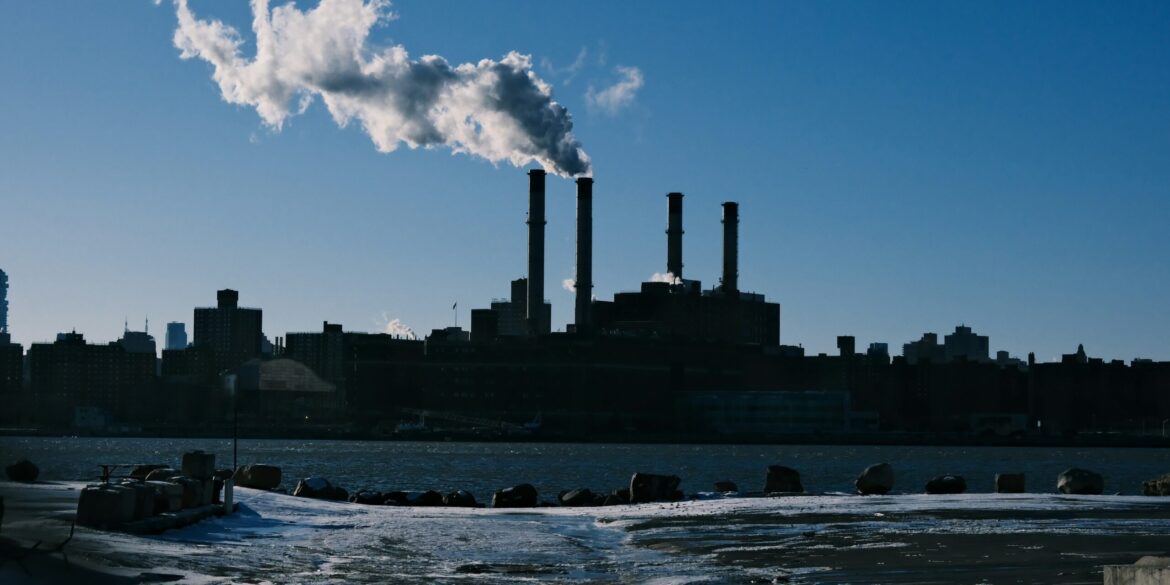In a significant development for sustainability and progressive policy, scientists at Washington University in St. Louis unveiled a groundbreaking bioplastic on August 3, 2025, that could drastically reduce single-use plastic waste in the United States and beyond. This new material, inspired by the intricate architecture of natural leaves, represents a major leap forward in biodegradable plastic technology—combining environmental friendliness with performance characteristics that meet or exceed those of traditional petroleum-based plastics.
The bioplastic, called LEAFF—short for Layered, Ecological, Advanced and multi-Functional Film—is the result of years of research into how biological systems achieve both strength and flexibility. The research team, led by Professor Joshua Yuan and working under the NSF-supported Carbon Utilization Redesign for Biomanufacturing (CURB) Engineering Research Center, sought to address the limitations of earlier bioplastics, which often lacked the durability required for commercial use or required high-heat industrial conditions to break down.
Read Also: https://democratdigest.com/genius-act-a-win-for-financial-innovation-and-justice/
Drawing direct inspiration from leaf structures, the LEAFF material features a multi-layer design composed of cellulose nanofibers sandwiched between layers of common bioplastics such as polylactic acid (PLA) or polyhydroxybutyrate (PHB). These nanofibers, derived from plant-based materials, mimic the natural stiffness and strength found in leaf veins while remaining fully biodegradable. The end product is a plastic-like film that performs exceptionally well in terms of tensile strength, barrier properties, and flexibility—qualities that are crucial for packaging applications.
What truly sets LEAFF apart is its ability to degrade at room temperature. Unlike most bioplastics on the market, which require composting facilities operating at high temperatures to fully decompose, LEAFF can break down under typical ambient conditions. This marks a dramatic improvement in the usability and ecological impact of biodegradable plastics. It also significantly reduces the infrastructure burden often associated with managing so-called “compostable” materials, which frequently end up in landfills due to the lack of proper disposal facilities.
In addition to its sustainability credentials, LEAFF boasts practical advantages for commercial manufacturing. The film demonstrates low permeability to air and moisture, which is critical for extending the shelf life of food and other packaged goods. It can also support direct surface printing, eliminating the need for separate labels or coatings and streamlining production lines. These attributes could make LEAFF especially appealing to industries that rely heavily on disposable packaging, such as the food service and consumer goods sectors.
The timing of this innovation is particularly significant. Across the United States, pressure is mounting on both state and federal governments to curb the environmental damage caused by plastic waste. More than 380 million tons of plastic are produced globally each year, and the vast majority is not recycled. In response, numerous U.S. states have introduced or are considering legislation to ban certain single-use plastics or require producers to take greater responsibility for the end-of-life management of their products. However, one of the primary roadblocks to broader regulatory action has been the lack of affordable, scalable alternatives that meet both environmental and performance standards.
LEAFF may offer a path forward. Because it is made from renewable materials and can be processed using existing manufacturing equipment, the cost of transitioning from conventional plastic to this new bioplastic could be significantly lower than previous options. Researchers at Washington University have emphasized that their approach uses standard temperature and pressure conditions and avoids expensive chemical extractions, making it a strong candidate for commercial viability. Moreover, the use of agricultural byproducts and carbon-rich waste in the production of the nanocellulose core aligns with circular economy principles, which aim to minimize waste and maximize resource efficiency.
The implications for U.S. environmental policy could be substantial. With a high-performance, cost-effective, and scalable alternative now on the table, lawmakers may be more inclined to advance legislation that mandates the reduction of fossil-fuel-based plastics. LEAFF could help justify stricter regulations on single-use items, support incentives for sustainable packaging, and strengthen extended producer responsibility frameworks. In short, it provides both the technological foundation and the political leverage necessary to enact meaningful change.
However, the road to widespread adoption is not without its challenges. Scaling up production to meet national or global demand will require investment, supply chain development, and public-private partnerships. In addition, while LEAFF performs impressively under lab and pilot-scale conditions, real-world deployment will need to address issues such as storage stability, moisture resistance in humid climates, and consumer education around disposal methods.
Still, the optimism within the scientific community is palpable. Environmental engineers and material scientists have long sought a “holy grail” bioplastic—one that offers strength, affordability, and biodegradability without trade-offs. LEAFF may be the closest yet to achieving that balance. If commercialized successfully, it could redefine packaging standards, cut down significantly on plastic pollution, and inspire a wave of eco-conscious innovation in related industries.
In an era where climate change, waste reduction, and environmental justice are increasingly urgent, LEAFF offers a beacon of progress. It is a reminder that smart design, when inspired by nature and grounded in science, can lead to breakthroughs that benefit both the planet and the economy. As U.S. policymakers continue to debate the future of plastic regulation, they may soon find themselves with a new tool that turns environmental aspiration into legislative action.

